
Question and Answers Forum
Question Number 101056 by bemath last updated on 30/Jun/20
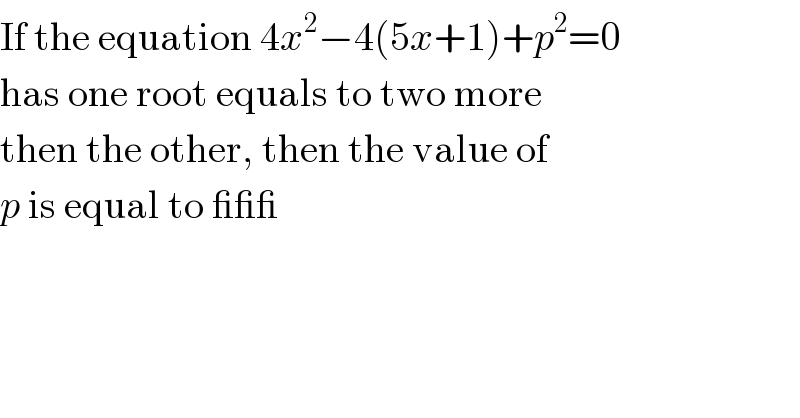
Commented by bemath last updated on 30/Jun/20

Answered by Rasheed.Sindhi last updated on 30/Jun/20
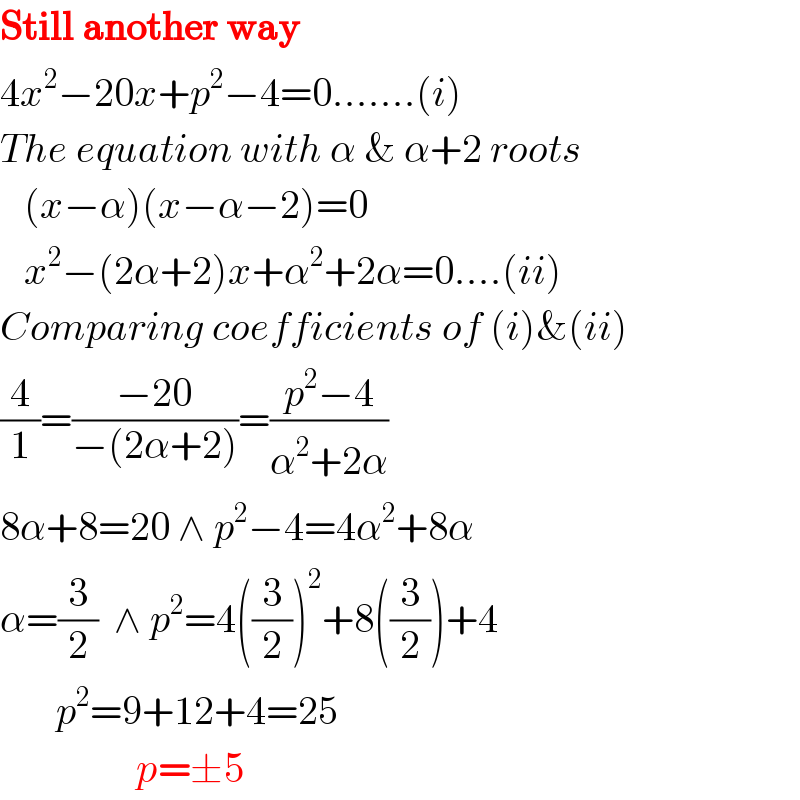
Commented by bemath last updated on 30/Jun/20

Answered by Rasheed.Sindhi last updated on 30/Jun/20
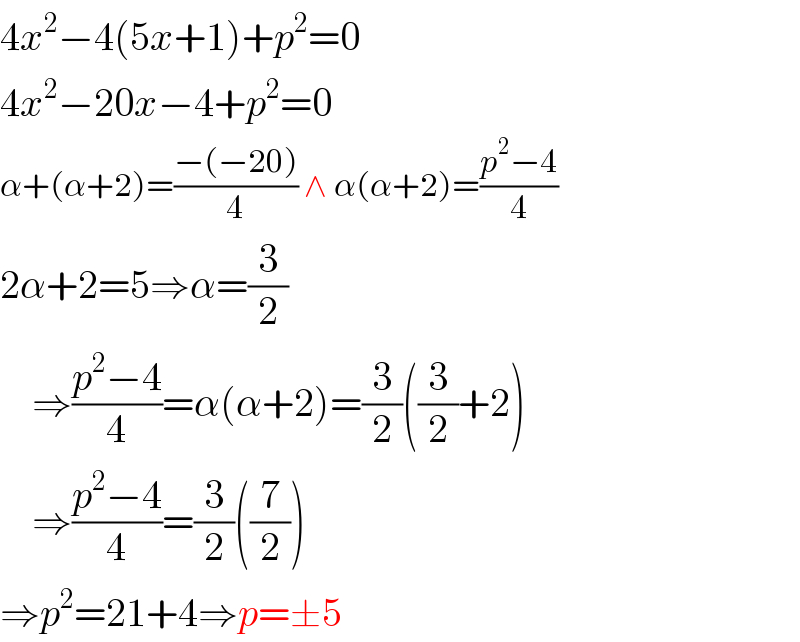
Answered by Ar Brandon last updated on 30/Jun/20
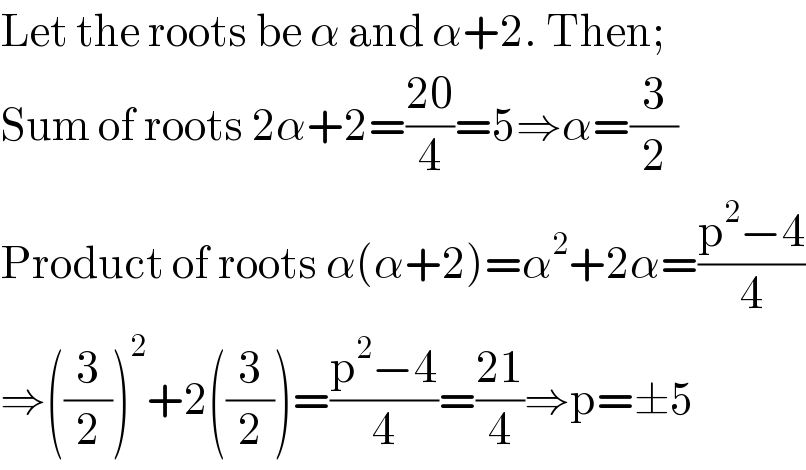
Answered by Rasheed.Sindhi last updated on 30/Jun/20
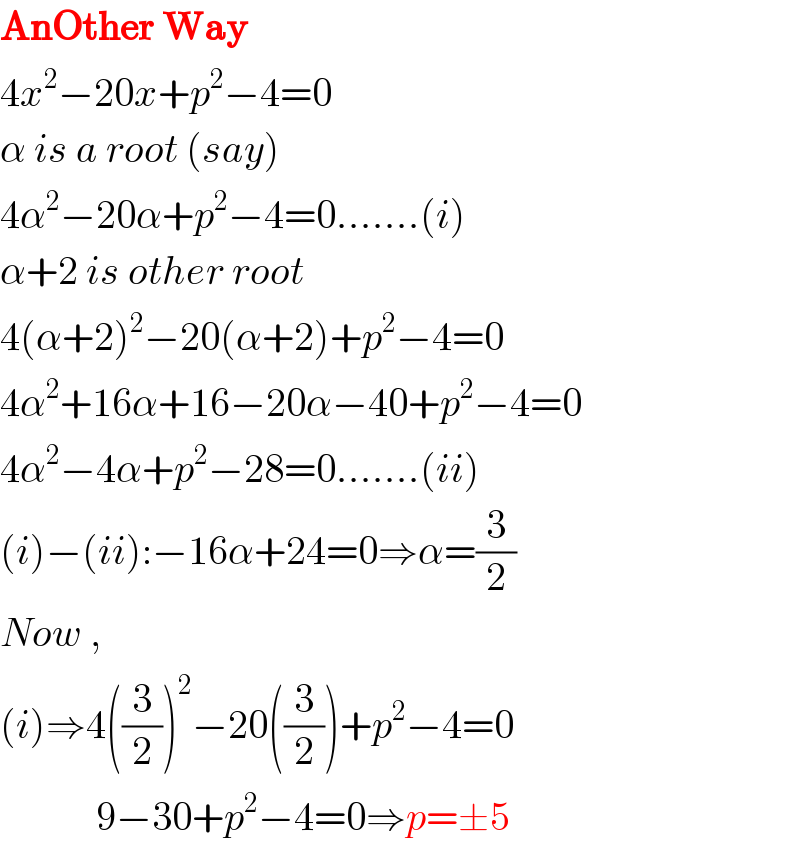
Answered by Rasheed.Sindhi last updated on 30/Jun/20
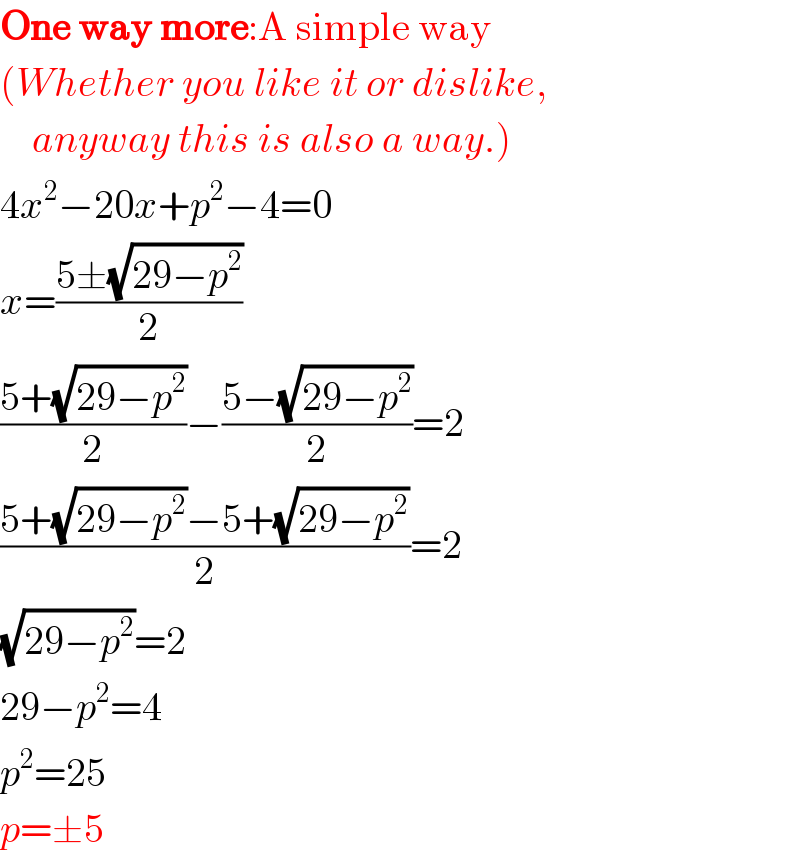
Commented by john santu last updated on 01/Jul/20

Commented by Rasheed.Sindhi last updated on 01/Jul/20

